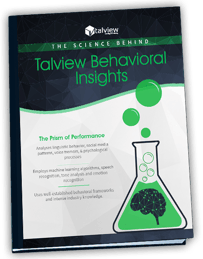
Researches suggest that most hiring managers make decisions based on biases rather than objective comparative analysis of the candidates. This, obviously, is not the right approach towards recruiting, biases can result in selection of the wrong candidate for the job, a decision they might regret in the future.
Numerous hiring managers expect their all around sharpened radars can get signals from skilled individuals. As a general rule, in spite of the fact that our brains make a magnificent show with regards to making snap judgments, our encounters and predispositions frequently cloud those judgments.
Similarity bias implies that we subliminally lean toward candidates who impart certain qualities to us, including demographics, demeanor, and interests. It's an inclination that runs wild in unstructured meetings while hiring managers to think they can assess applicants taking into account unstructured discussions.
Structured interviews do a considerable measure to overcome similarity predisposition. They solicit the same questions from each applicant and assess answers utilizing a target scoring framework.
Consolidating some structured interview methods, including behavioral fitment and situational judgment inquiries, will get similarity bias out of your meetings.
Most meetings start with an unmistakable first impression. At that point, all through whatever remains of the meeting, we see just the subtle elements that affirm our first impression.
First impression inclination, otherwise called confirmation bias, is the reason such a large number of books tell competitors that the initial five minutes of a job interview are the main minutes that matter. To defeat confirmation bias, add work test samples to the interview.
Give candidates a chance to handle an at work issue and assess how well they perform. Incredible test execution relaxes a terrible first impression, and spares you from employing somebody who won't cut it in the occupation.
By going past conventional approaches and analyzing candidate qualities, video interviews, and cultural, the one can shortlist candidates taking into account target criteria, unhindered by biases. As it were, structured interviews and work tests can go far toward wiping out biases.
And when it comes to decision making, fortunately, with the help of self-knowledge, big data, and predictive analytics it is now possible to hire the right candidate instead of relying on gut instinct.
Similar read: Troubled Hires? Delve Deeper than Resumes for Better Hires [Psychometric Assessments]








Leave a Reply